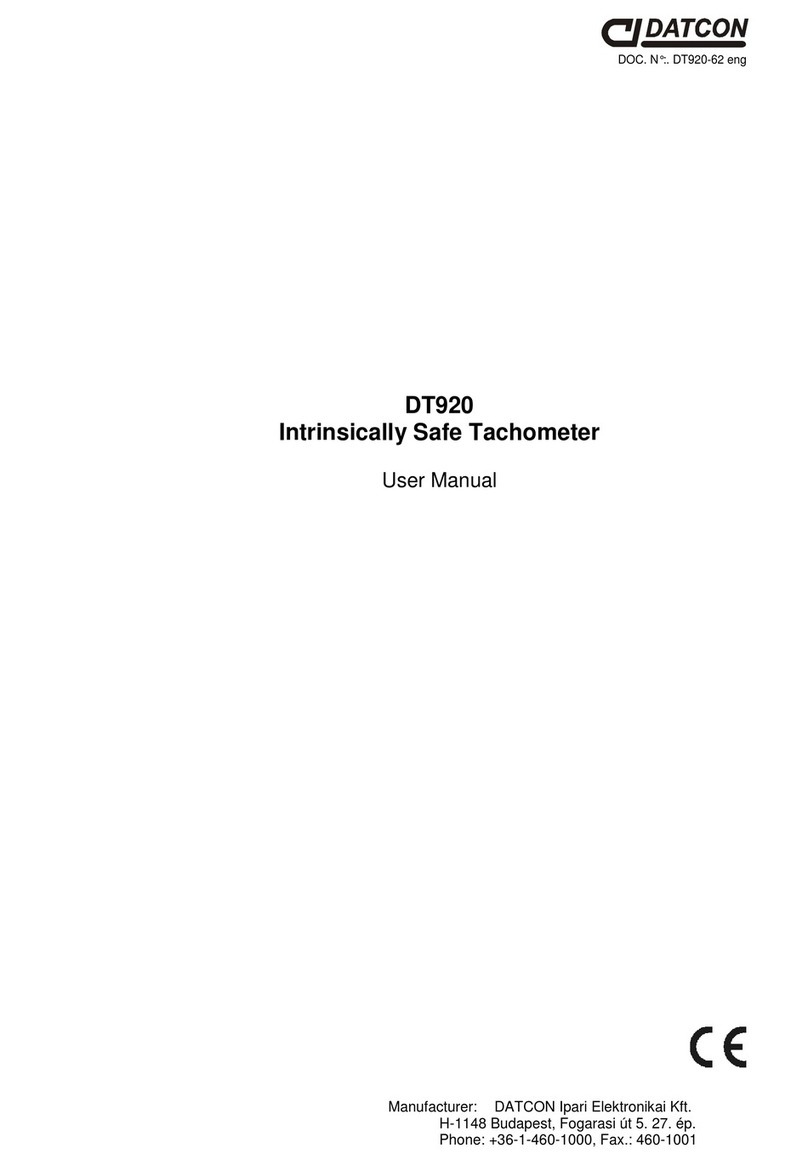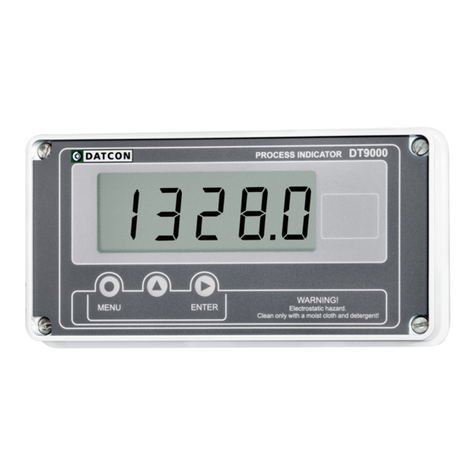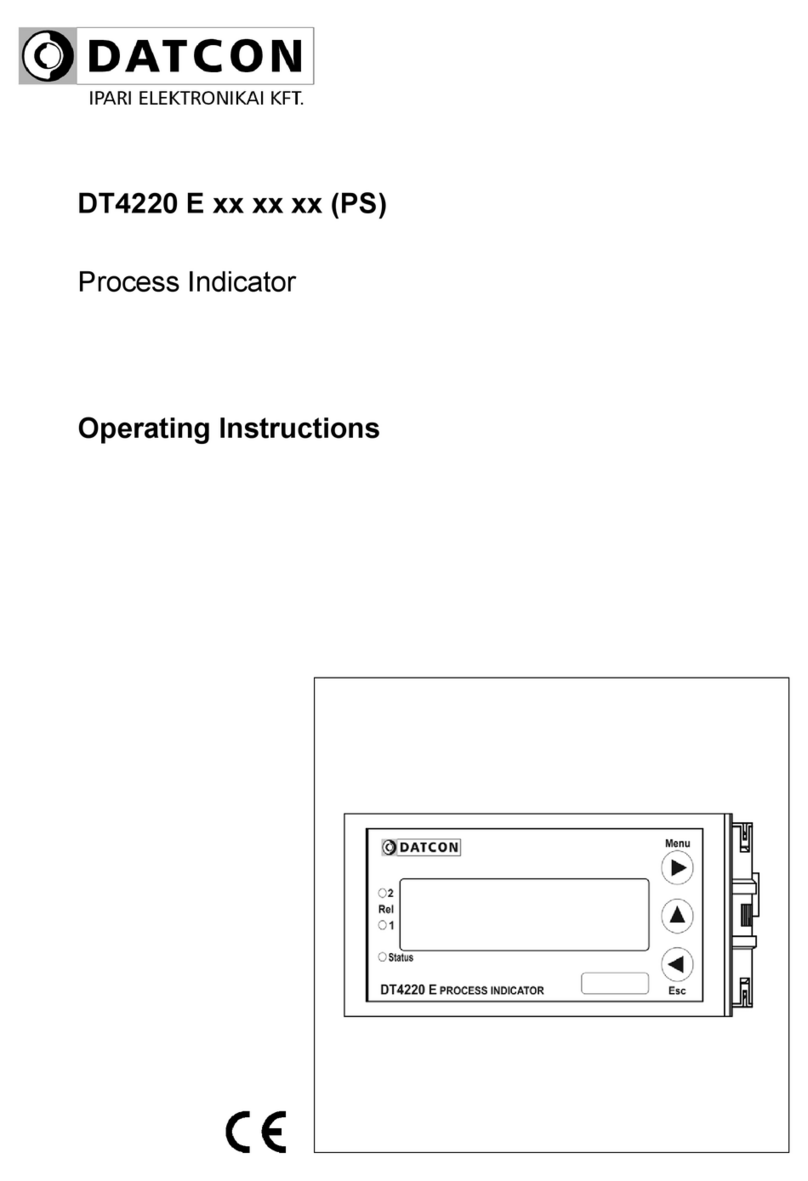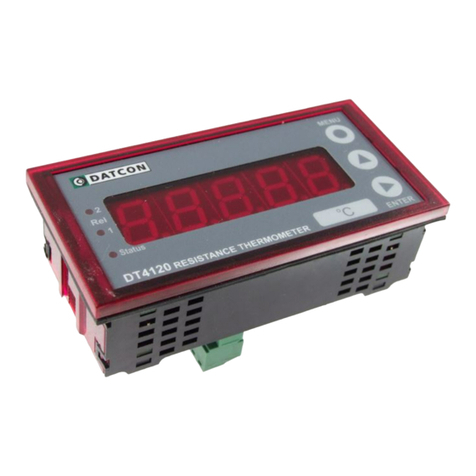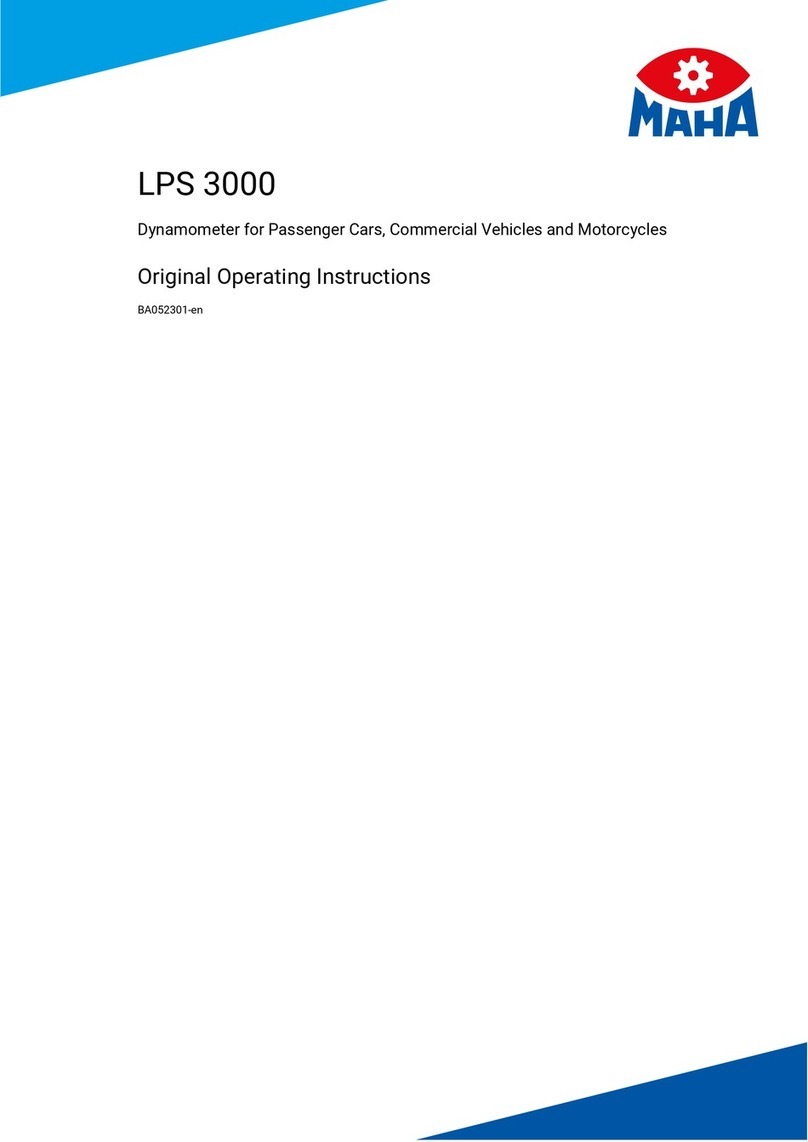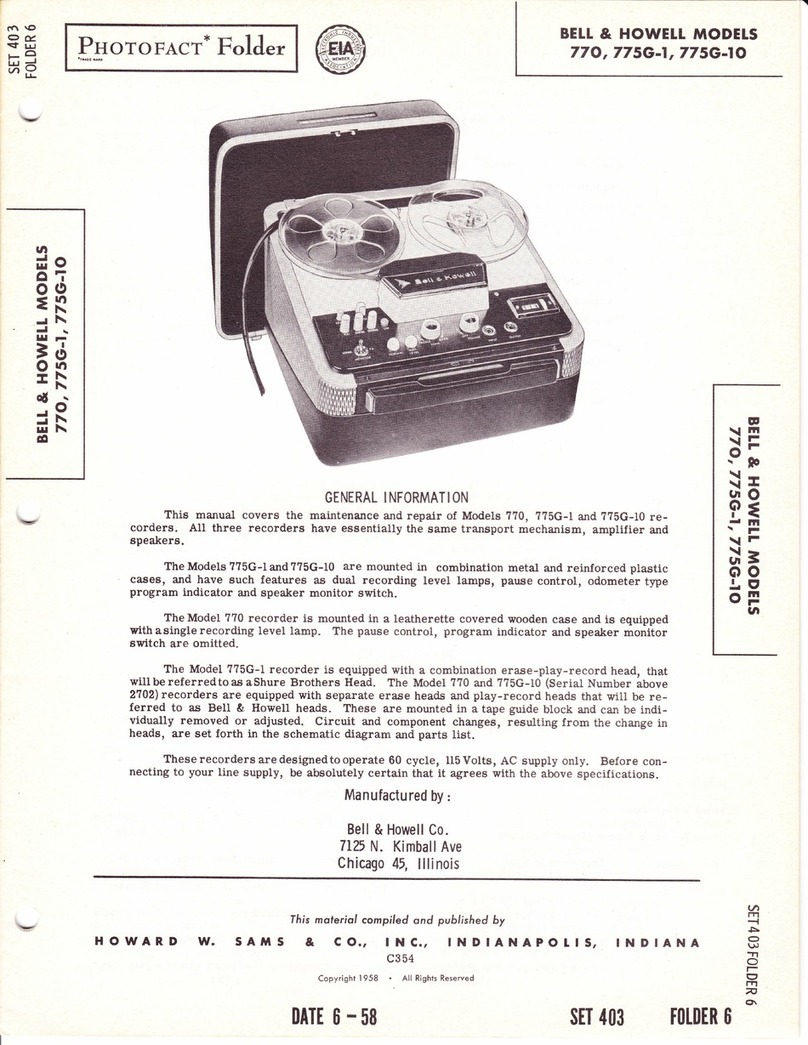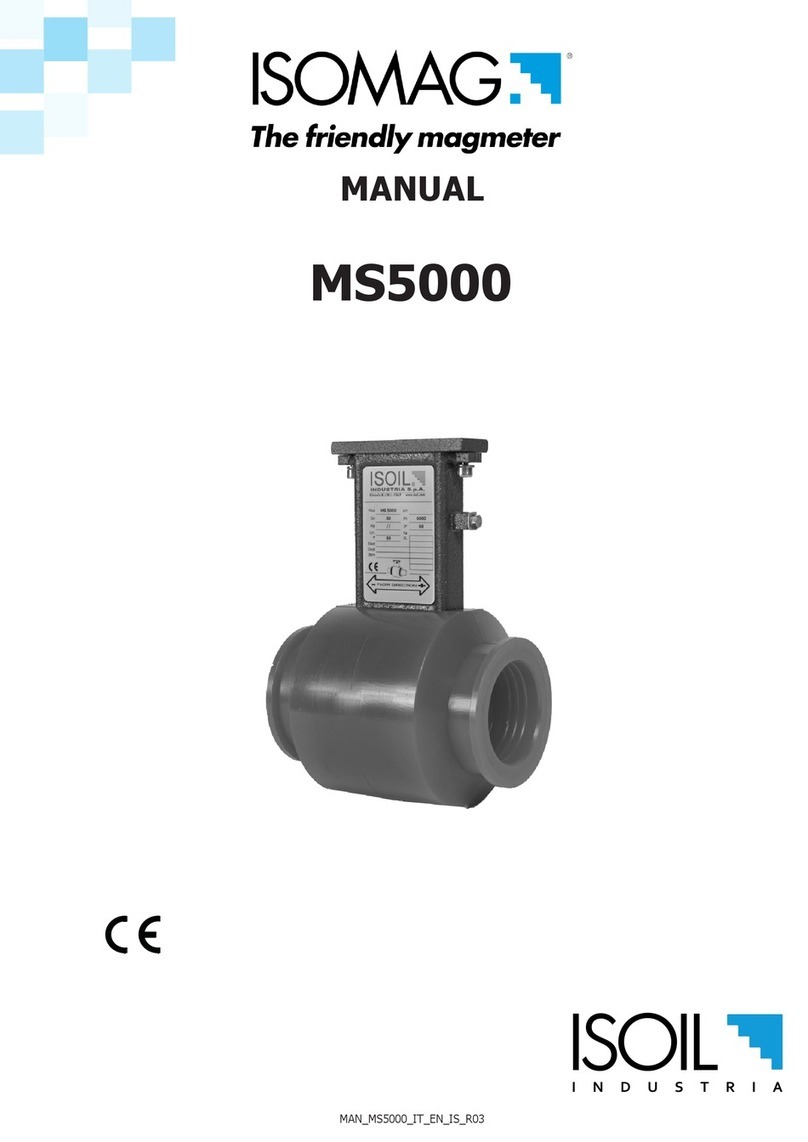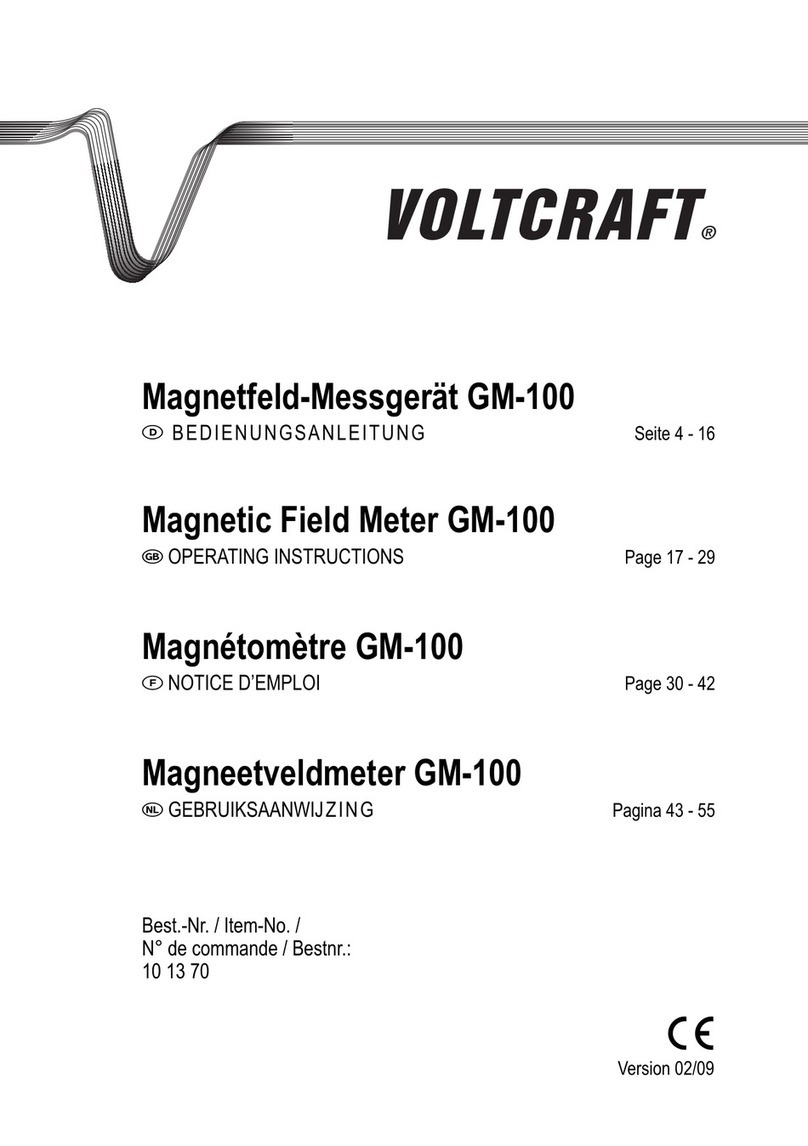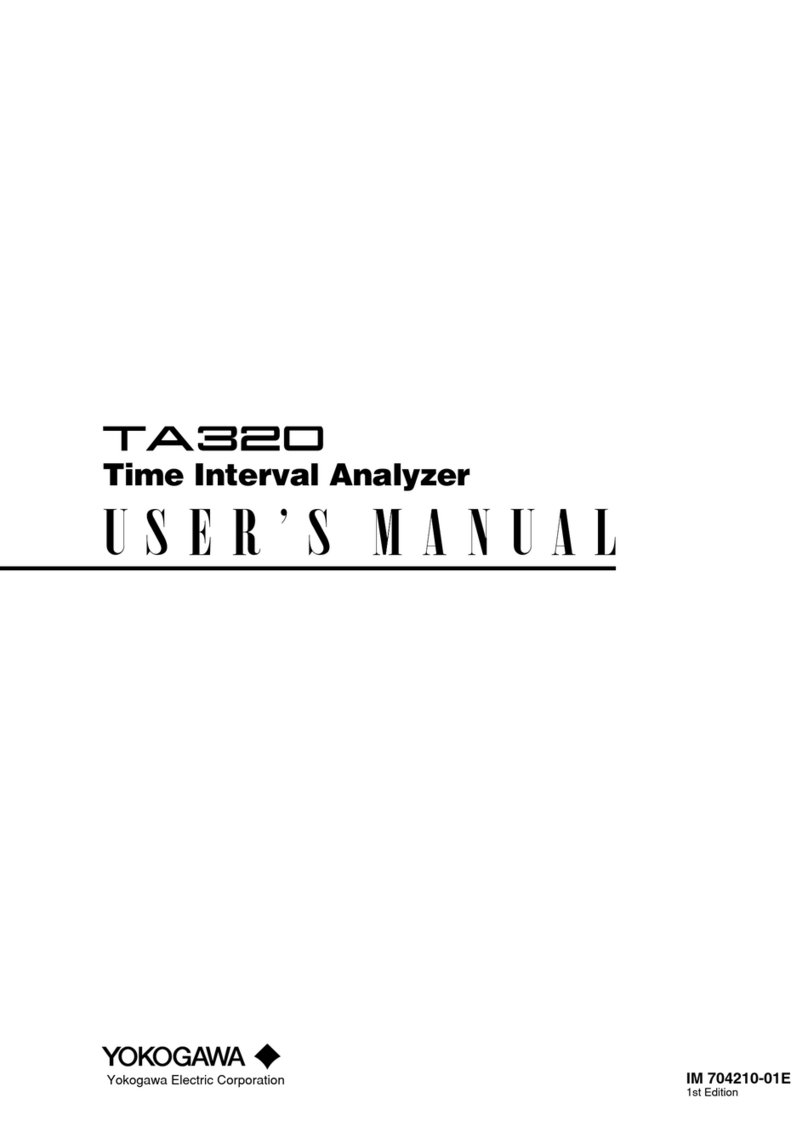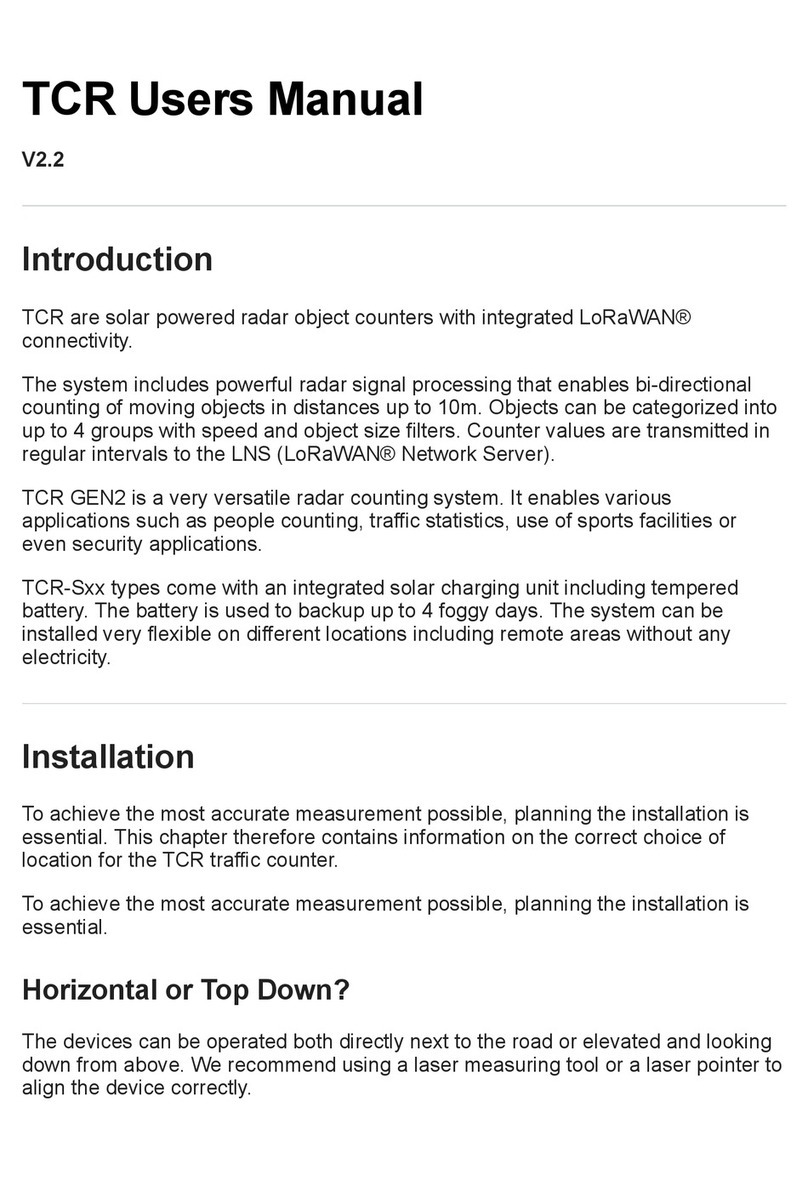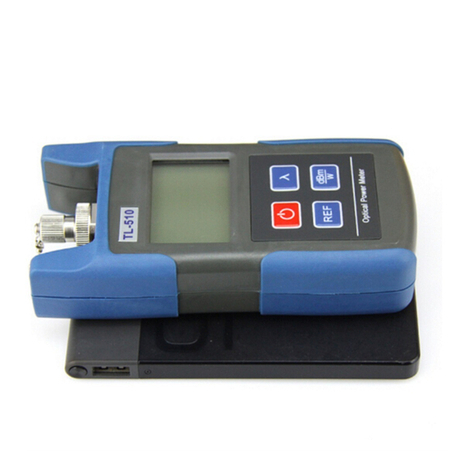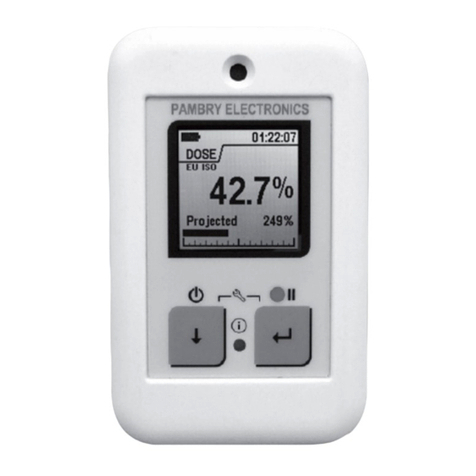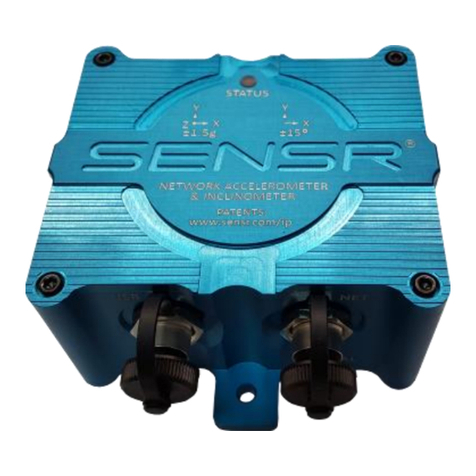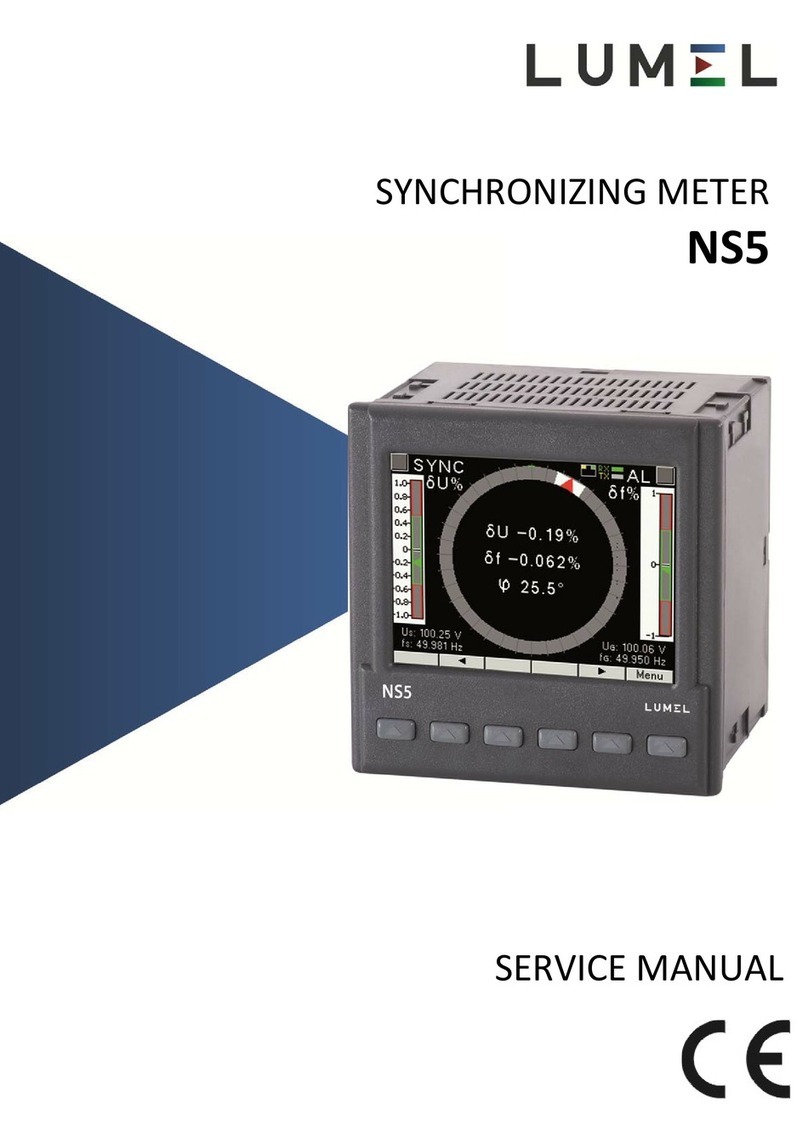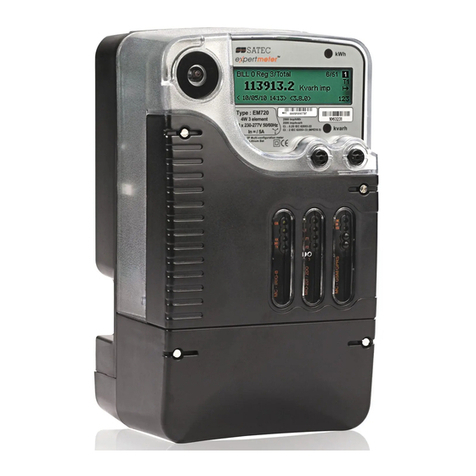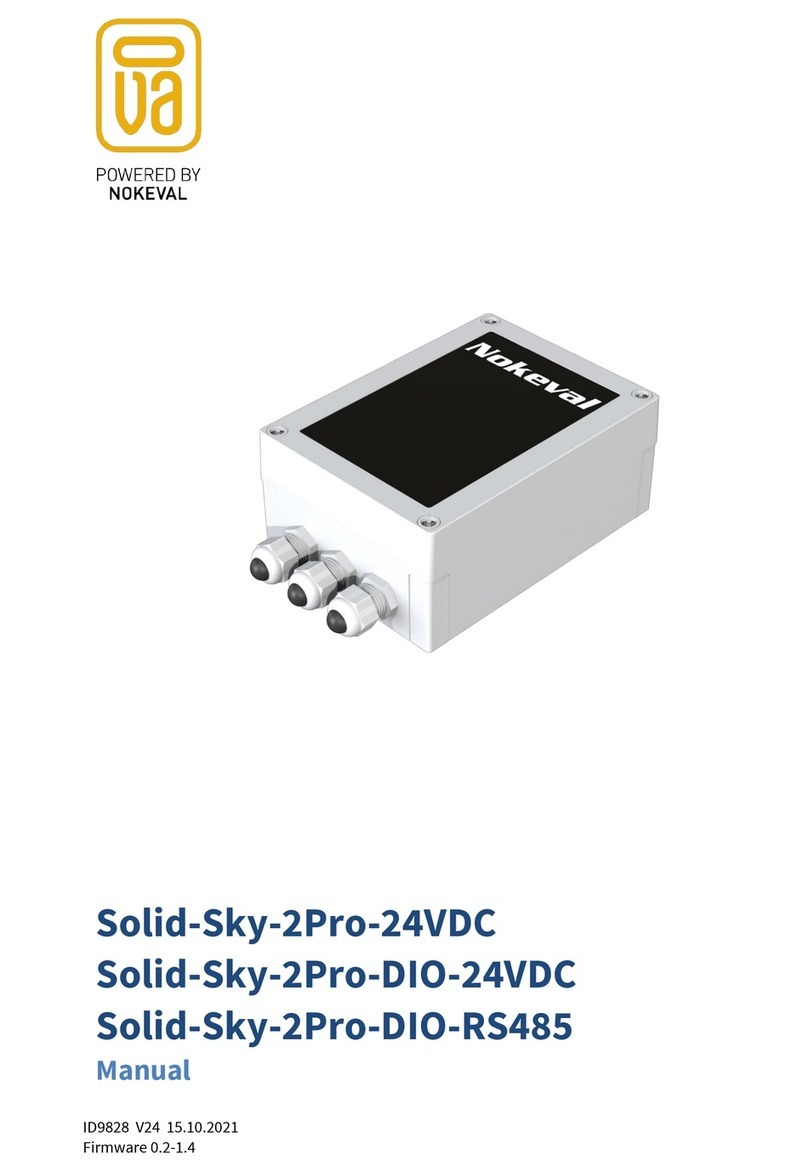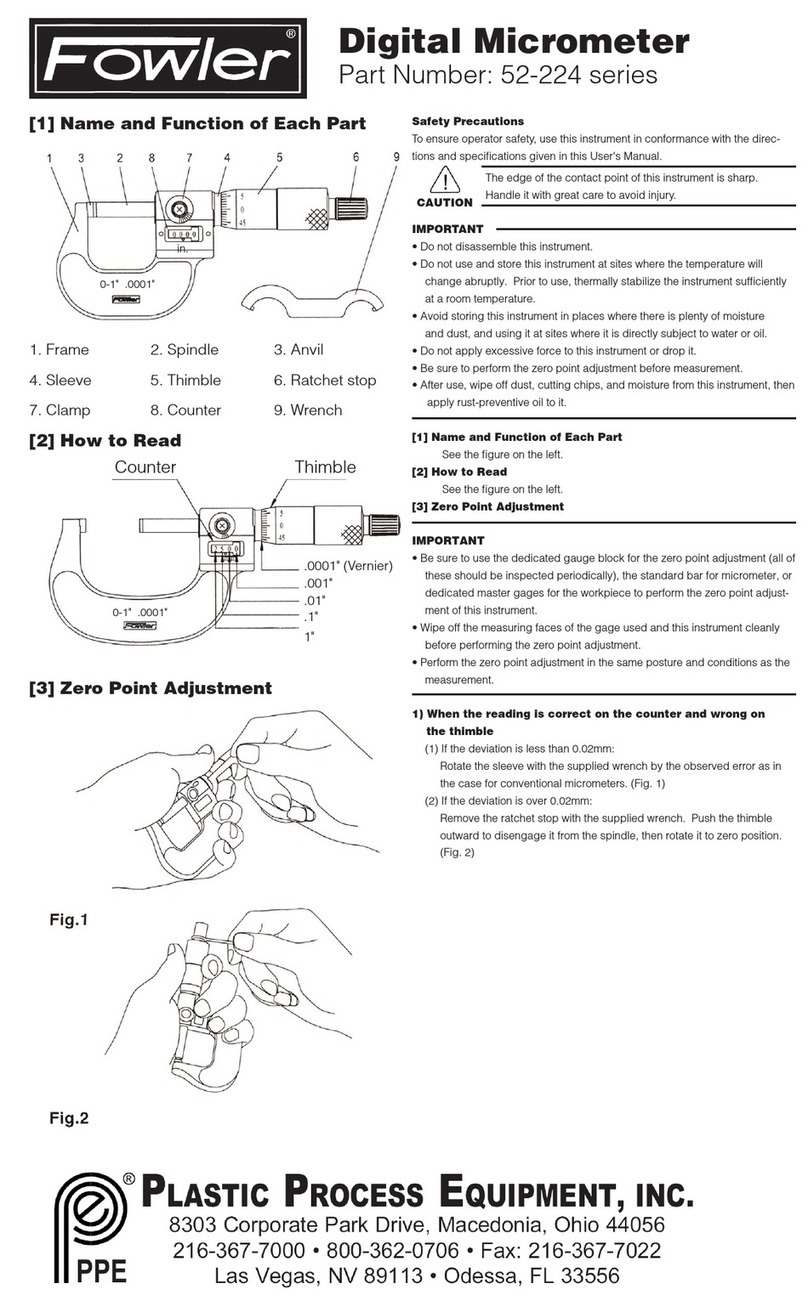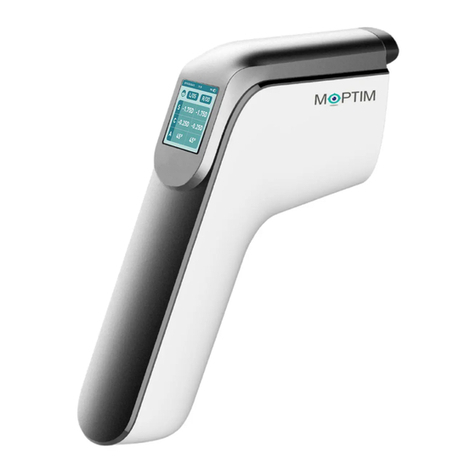Datcon DT7000 User manual

DT7000
Intrinsically Safe
Differential Pressure Meter / Transmitter
Operating Instructions

DT7000
220171206-V1
Contents
1. About this document.....................................................4
1.1. Function ................................................................................... 4
1.2. Target group............................................................................. 4
1.3. Symbolism used....................................................................... 4
2. For your safety...............................................................5
2.1. Authorized personnel ............................................................... 5
2.2. Appropriate use........................................................................ 5
2.3. Warning about misuse ............................................................. 5
2.4. General safety instructions....................................................... 5
2.5. EU conformity........................................................................... 5
2.6. Safety information for Ex areas................................................ 6
2.7. Environmental instructions ....................................................... 6
3. Product description.......................................................7
3.1. Delivery configuration............................................................... 7
3.2. Principle of operation ............................................................... 8
3.3. Adjustment ............................................................................... 8
3.4. Storage and transport .............................................................. 8
4. Mounting.........................................................................9
4.1. General Instructions ................................................................. 9
4.2. Main dimensions of the instrument ........................................ 10
4.3. Mounting procedure ............................................................... 11
5. Connecting ...................................................................13
5.1. Preparing the connection ....................................................... 13
5.2. Connection procedure............................................................ 14
5.3. Connecting the pressure to the instrument ............................ 16
5.4. Put the instrument under supply voltage................................ 16
6. Setting up .....................................................................17
6.1. Zeroing ................................................................................... 17
6.2. Calibrate the instrument ......................................................... 18

DT7000
20171206-V1 3
7. Fault rectification.........................................................19
7.1. Fault finding............................................................................ 19
7.2. Repairing................................................................................ 19
8. Dismounting.................................................................20
8.1. Dismounting procedure .......................................................... 20
8.2. Disposal ................................................................................. 20
9. Appendix.......................................................................21
9.1. Technical specification ........................................................... 21
9.2. Application example ............................................................... 23
9.3. ATEX Certification.................................................................. 24

DT7000
420171206-V1
1. About this document
1.1. Function
This operating instructions manual has all the information
you need for quick set-up and safe operation of DT7000.
Please read this manual before you start setup.
1.2. Target group
This operating instructions manual is directed to trained
personnel. The contents of this manual should be made
available to these personnel and put into practice by them.
1.3. Symbolism used
Information, tip, note
This symbol indicates helpful additional information.
Caution, warning, danger
This symbol informs you of a dangerous situation that could
occur. Ignoring this cautionary note can impair the person
and/or the instrument.
Ex applications
This symbol indicates special instructions for Ex
applications.
•List
The dot set in front indicates a list with no implied sequence.
→Action
This arrow indicates a single action.
1
Sequence
Numbers set in front indicate successive steps in a
procedure.

DT7000
20171206-V1 5
2. For your safety
2.1. Authorized personnel
All operations described in this operating instructions
manual must be carried out only by trained and authorized
specialist personnel. For safety and warranty reasons, any
internal work on the instruments must be carried out only by
DATCON personnel *.
* Except Chapter “6. Setting up”
2.2. Appropriate use
The DT7000 is a differential pressure meter / transmitter
for measurement of gauge pressure, differential pressure
of dry air.
The measuring range and overpressure are given on the
instruments data label.
2.3. Warning about misuse
Inappropriate or incorrect use of the instrument can give rise
to application-specific hazards, or damage to system
components through incorrect mounting or adjustment.
2.4. General safety instructions
The DT7000 is a high-tech instrument requiring the strict
observance of standard regulations and guidelines.
The user must take note of the safety instructions in this
operating instructions manual, the country-specific
installation standard as well as all prevailing safety
regulations and accident prevention rules.
2.5. EU conformity
The DT7000 is in conformity with the provisions of the
following standards:
MSZ EN 60079-0:2013 (ATEX)
MSZ EN 60079-0:2013/A11:2014 (ATEX)
MSZ EN 60079-11:2012 (ATEX)
MSZ EN 61326-1:2013 (EMC)
MSZ EN 55011:2016 (EMC)
MSZ EN 55011:2016/A1:2017 (EMC)
MSZ EN 61010-1:2011 (LVD)
MSZ EN 50581:2011 (RoHS 2)

DT7000
620171206-V1
2.6. Safety information for Ex areas
Please note the Ex-specific safety information for installation
and operation in Ex areas. These safety instructions are part
of the operating instructions manual and come with the
concerning standards of Ex-approved instruments.
Warning! Electrostatic hazard. Clean the instrument housing
with a moist cloth and detergent!
2.7. Environmental instructions
Protection of the environment is one of our most important
duties.
Please take note of the instructions written in the following
chapters:
•Chapter 3.4. Storage and transport
•Chapter 8.2. Disposal

DT7000
20171206-V1 7
3. Product description
3.1. Delivery configuration
Delivered items The scope of delivery encompasses:
•DT7000
•documentation:
this operating instructions manual
certification
warranty
The DT7000 consist of the following components:
1. instrument housing
2. front cover
3. pressure connecting stubs
4. connector sealing
5. connector
6. ground terminal

DT7000
820171206-V1
3.2. Principle of operation
Area of application The DT7000 Intrinsically Safe Differential Pressure Meter /
Transmitter enable measure gauge pressure or differential
pressure of dry air in Zone 1, 2 areas.
Application fields are: HVAC systems, filter monitoring, clean
rooms, etc.
Operating principle The measuring air gets into the measuring space of the
sensor via the pressure ports. The differential pressure
value is converted into electrical value by the sensor.
The signal converter circuit converts it into, 4-20 mA current
signal for the output and digital form for displaying the result
on the LCD.
Power supply The supply voltage is 12-28 VDC.
For other requirements see: Chapter 9.1. Technical
specification, Safety data.
3.3. Adjustment
The DT7000 is calibrated for the ordered measuring range.
If needed it is possible for the user to calibrate the
instrument via the internal trimmer potentiometers.
3.4. Storage and transport
This instrument should be stored and transport in places
whose climatic conditions are in accordance with chapter
9.1. Technical specification, as described under the title:
Environmental conditions.
Handle the package with special care the instrument is
highly sensitive to shocking!
The packaging of DT7000 consist of environment-friendly,
recyclable cardboard is used to protect the instrument
against the impacts of normal stresses occurring during
transportation. The corrugated cardboard box is made from
environment-friendly, recyclable paper. The inner protective
material is polyfoam and nylon, which should be disposed of
via specialized recycling companies.

DT7000
20171206-V1 9
4. Mounting
4.1. General Instructions
Please respect the followings. Inappropriate or incorrect use
or mounting may cause measuring failure or damage of the
instrument.
Media compatibility The sensing element materials of the DT7000 are silicon
diaphragm, glass filled nylon and alumina ceramic.
Apply dry air only!
Pressure compatibility Check that the maximum pressure occur on the pressure
ports is always under the allowable value given on the data
label.
Measures differential or gauge pressure only with positive
pressure to port P+.
Mounting position The instrument should be where in vertical position Select a
mounting position you can easily read the display reach for
mounting and connecting the instrument and that reduce the
hazard of water, dust or dump getting into the instrument.
Shock, vibration Avoid shock or vibration during mounting and operation.
After mounting the instrument it is suggested to check the
zero on the display especially in case of < 300 Pa measuring
range.
If the displayed value is > 1 digit in case of open pressure
ports you can adjust it according Chapter 6.1. Zeroing.
Water, humidity The protection of the instrument is IP 65.
In a case of using DT7000 outdoor mount a shield over the
instrument to protect it against strong rain.

DT7000
10 20171206-V1
4.2. Main dimensions of the instrument

DT7000
20171206-V1 11
4.3. Mounting procedure
Mounting holes
There are two through-holes (1), shown by arrows in the
following figure, for fastening of the housing. The diameters
of the holes are made for M4 screws.
1. Mark the places of the holes on the mounting surface in
accordance with the drawing.
2. Make the holes for mounting ready.
3. Remove any burrs from the ready-made holes.
Dismount the front
cover
Please observe the safety rules throughout the operation.
1. In order to remove the front cover, first remove the four
fixing screws (1) as shown in the following figure.
A screwdriver of appropriate head-size only should be used.
Using screwdrivers with inappropriate head-size may cause
a damage in the screws’ heads and/or in the instrument
front panel.
Take care not to get any grit into the instrument during the
mounting procedure.
Remove the screws by turning them in anticlockwise
direction. The screws are secured against falling out.
2. Take away the front cover from the housing.

DT7000
12 20171206-V1
Mounting the instrument
Two M4 threaded screws are needed for mounting the
instrument (these are not accessories). The type of the
screws depends on the wall-material, while the dimensions
depend on the wall-thickness. The minimum screw-length
should be the wall-thickness + 10 mm.
Secure the screws against getting loose. For this purpose
you may use spring lock or serrated lock washers.
Depending on the material of the wall, and in order to
ensure the most practicable mounting method, it is not
mandatory, of course, to use the above-described threaded
joints. Depending on the situation, special screw types for
wood or for metal sheets can also be used, or the joint can
be riveted too.
Mounting the front cover
back
1. Put back the front cover of the instrument, taking care that
the sealing should get to its place. There should be no gap,
between the housing and the front cover.
2. Tighten the front cover by turning the screws in clockwise
direction. Tighten the screws so much that ensures the
desired sealing.
The mounting procedure is ready.

DT7000
20171206-V1 13
5. Connecting
5.1. Preparing the connection
The connection must be carried out by trained and
authorized personnel only!
Connect or disconnect only in the complete absence of
supply voltage
Use only a screwdriver with appropriate head
In hazardous areas should take note of the appropriate
regulations, conformity and type approval certificates of the
DT7000 and other instruments are connecting in the current
loop (e.g. IS output power supply, IS isolator, etc.).
Select connection cable
Connection of the cable
screen
Take note the suitability of the connecting cable.
It is recommended the use of screened twisted pair cable.
The wire cross-section should be 0.25-1.5 mm2.
You may use either solid conductor or flexible conductor. In
case of using flexible conductor use crimped wire end.
Take note of the corresponding installation regulations for
Ex applications. In particular, make sure that no potential
equalization currents flow over the cable screen.
Ground the cable screen on the instrument side.
In case of grounding on both sides (for suppress the
influence of high frequency interference signals) this can be
achieved by use of a capacitor (e.g. ceramic capacitor 1 nF,
1500 V) or separate potential equalization. The low
frequency potential equalization currents are thus
suppressed, but the protective effect against high frequency
interference signals remains.
Selection power supply
The DT7000 is a two-wire 4-20 mA transmitter.
The supply voltage is 12-28 VDC.
For other requirements see: Chapter 9.1. Technical
specification, Safety data.
It is recommended to use an intrinsically safe isolator power
supply.
(A possible application is shown in Chapter 9.2. Application
example)

DT7000
14 20171206-V1
5.2. Connection procedure
The following figure shows the wiring plan connecting the
transmitter:
Wiring plan, connecting
the transmitter
(see also “Application
example”)
Be careful the polarity of
the cables
1. Prepare the cable for connecting (see Figure 2.).
2. Loosen the screw in the cover of the cable socket
connector and remove it. (see Figure 1., 4.)
3. Put the screwdriver end into the hole and lift out the
socket from the housing slightly (see Figure 1., 5.).
4. Put through the prepared cable the cable gland
components and the housing (see Figure 1.,3.).
5. Connect the wire ends to the screw terminals according
to the wiring plan.
6. Insert the socket into the socket housing
(see Figure 1.,1.).
7. Tighten the compression nut of the cable entry
(see Figure 1., 3.).
8. Turn the screw in the socket connector
(see Figure 1., 4.).
9. Push the socket connector onto plug connector on the
instrument (see Figure, Chapter 5.3.).
Do not forget the sealing between the plug and the socket!
10. Turn the screw in the cover of the cable socket
connector and tighten it (see Figure, Chapter 5.3.).

DT7000
20171206-V1 15
1. Figure
2. Fi
g
ure

DT7000
16 20171206-V1
5.3. Connecting the pressure to the instrument
Use pneumatic tube with 4 mm inner diameter for
connecting the pressure. Simply push the tube ends onto
the pressure connection stubs. There is no need any clamp
under 50 mbar pressure.
Be careful the polarity of the pressure. On P+ port (2) should
be the higher pressure.
Pressure tube
Connecting the pressure
to the instrument
Be careful the polarity of
the pressure
5.4. Put the instrument under supply voltage
Put the instrument under
supply voltage
After you have completed the connections, put the
instrument under supply voltage. If the connection is correct
the pressure value measured by the instrument appears on
the LCD, and you can measure output current according to
the displayed value of the transmitter.

DT7000
20171206-V1 17
6. Setting up
6.1. Zeroing
The DT7000 is calibrated according to the measuring range
given on the data label.
However a small zero offset may occur caused by the shock
under shipping or mounting. This can be trim by
potentiometers.
The following figure shows the position of the
potentiometers:
With potentiometer 1. (P32) you can zero the output current
(zero point 4 mA or 12 mA).
With potentiometer 4. (P62) you can zero the display value.
Do not set span potentiometers (2. (P31), 3. (P63)).

DT7000
18 20171206-V1
6.2. Calibrate the instrument
If necessary and if you have an adequate infrastructure for
calibration you can calibrate the instrument.
The calibration must be carried out by trained and authorized
personnel only!
First adjust the current output because it has an influence on
the display value.
With potentiometer 2. (P31) you can adjust the output
current span. The span may have a small influence on the
zero value so if it is necessary adjust the zero. Check the
span and if necessary repeat the above written procedure as
far as the current output value is in the specified range.
To adjust the display value first set the zero value with
potentiometer 4. (P62) With potentiometer 3. (P63) you can
adjust the span of the display value. Check the zero and if
necessary repeat the above written procedure as far as the
displayed value is in the specified range.

DT7000
20171206-V1 19
7. Fault rectification
7.1. Fault finding
The fault finding must be carried out by trained and
authorized personnel only!
Use only an Ex proofed meter when measuring in the
hazardous area.
•There is no value displayed on the LCD →check the
supply voltage on the cable socket connector. If the supply
voltage is OK: the instrument is defective.
•There is change in the pressure but there is no change on
the display →check the pressure tubes and the pressure
connections. If the tubes and the connections are OK: the
instrument is defective.
If the fault finding is not successful call the manufacturer
service department.
7.2. Repairing
There is no user repairable part inside the instrument.
In accordance with Point 2.1.: For safety and warranty
reasons, any internal work on the instrument must be
carried out by DATCON personnel.

DT7000
20 20171206-V1
8. Dismounting
8.1. Dismounting procedure
1. Disconnect the connector from the instrument (see
chapter 5.2.).
2. Dismount the pressure tubes from the instrument (see
Chapter 5.3.).
3. Remove the front cover (see Chapter 4.3.).
4. Remove the two fixing screws (see Chapter 4.3.).
5. Mount the front cover on the instrument (see Chapter
4.3.).
The dismounting procedure is ready.
8.2. Disposal
According with the concerning EU directive, the
manufacturer undertakes the disposal of the instrument that
are manufactured by it and intended to be destroyed.
Please deliver it in contamination-free condition to the site of
the Manufacturer or to a specialized recycling company.
Table of contents
Other Datcon Measuring Instrument manuals
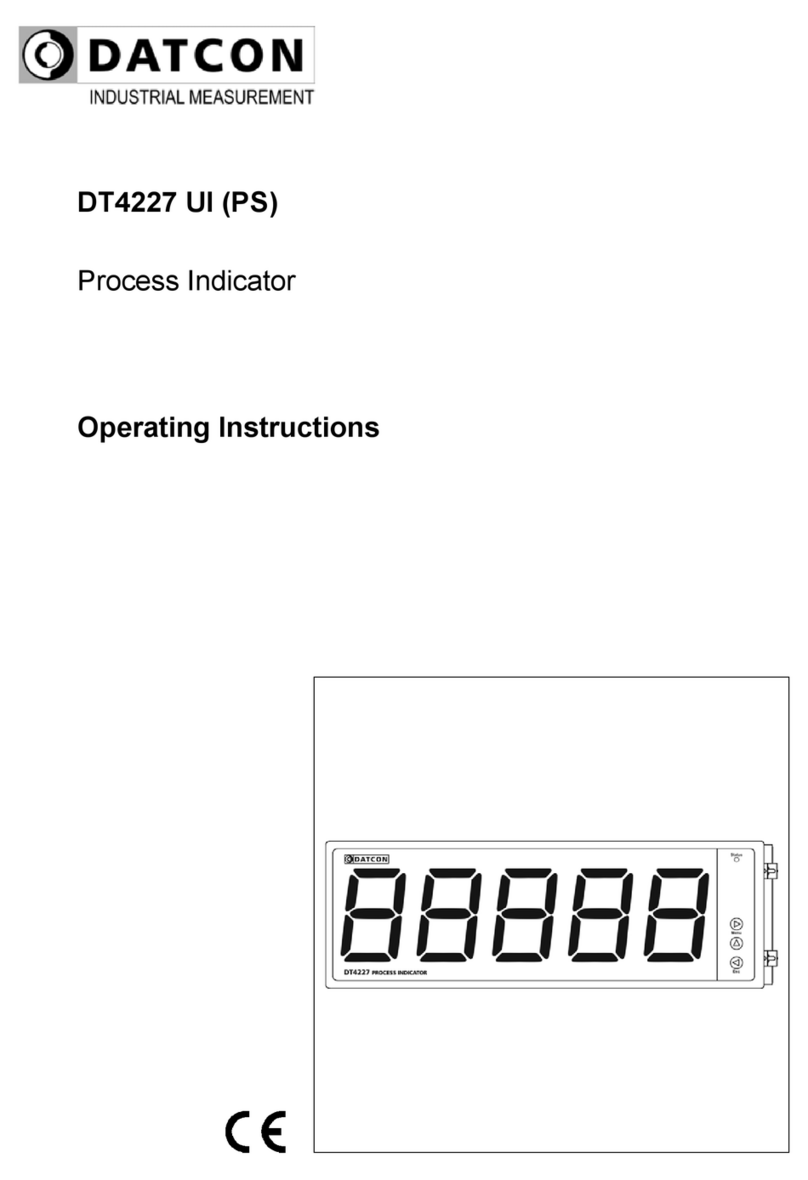
Datcon
Datcon DT4227 UI User manual
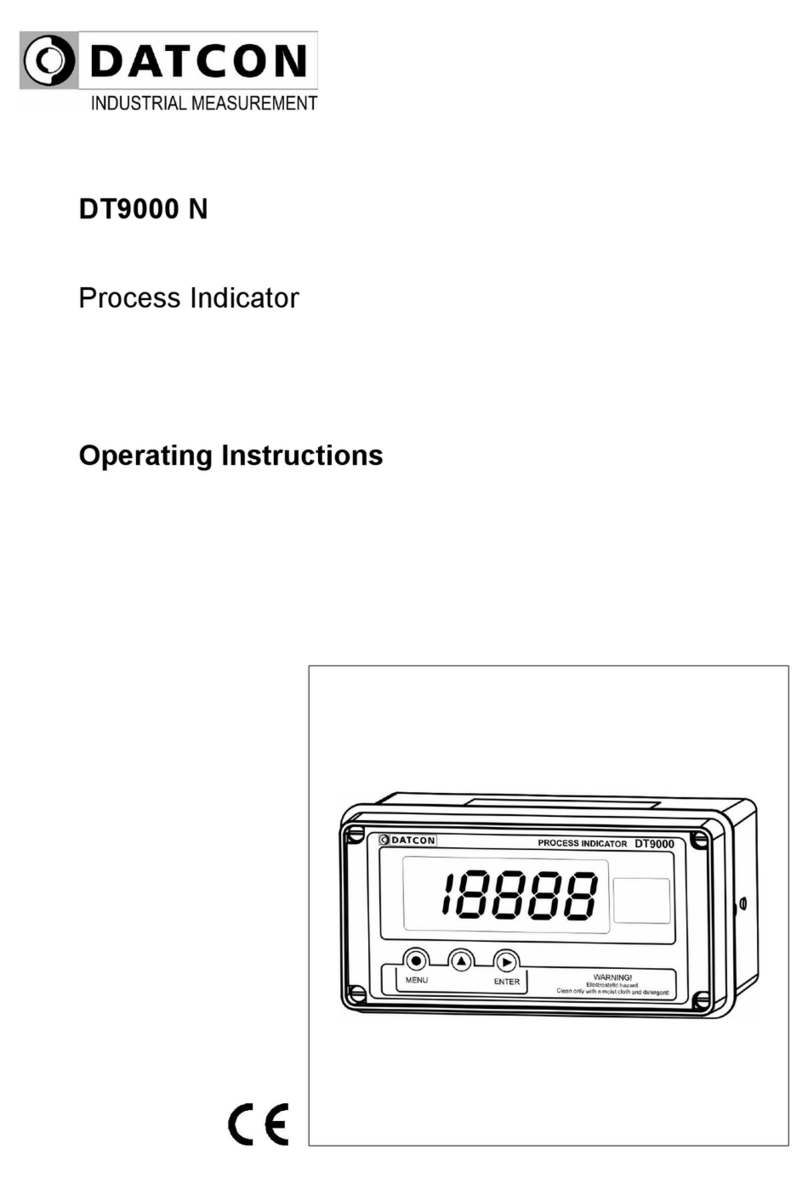
Datcon
Datcon DT9000 N User manual
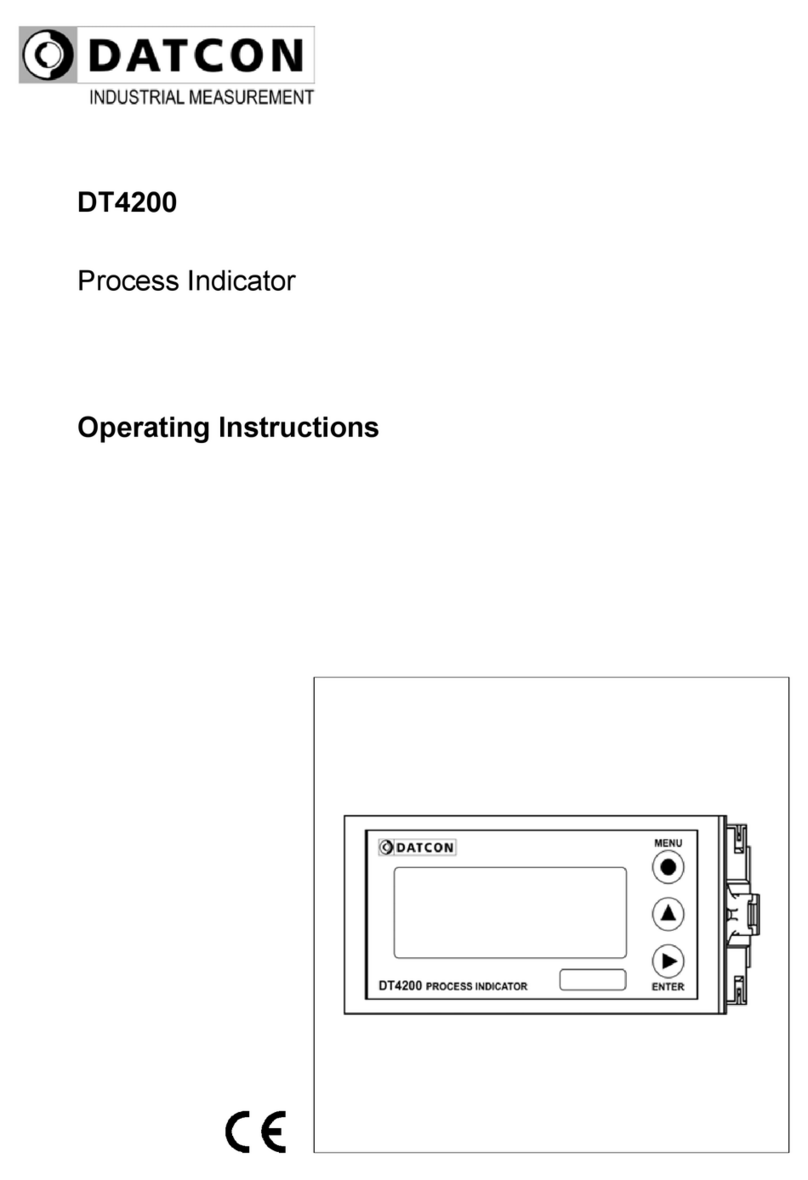
Datcon
Datcon DT4200 User manual
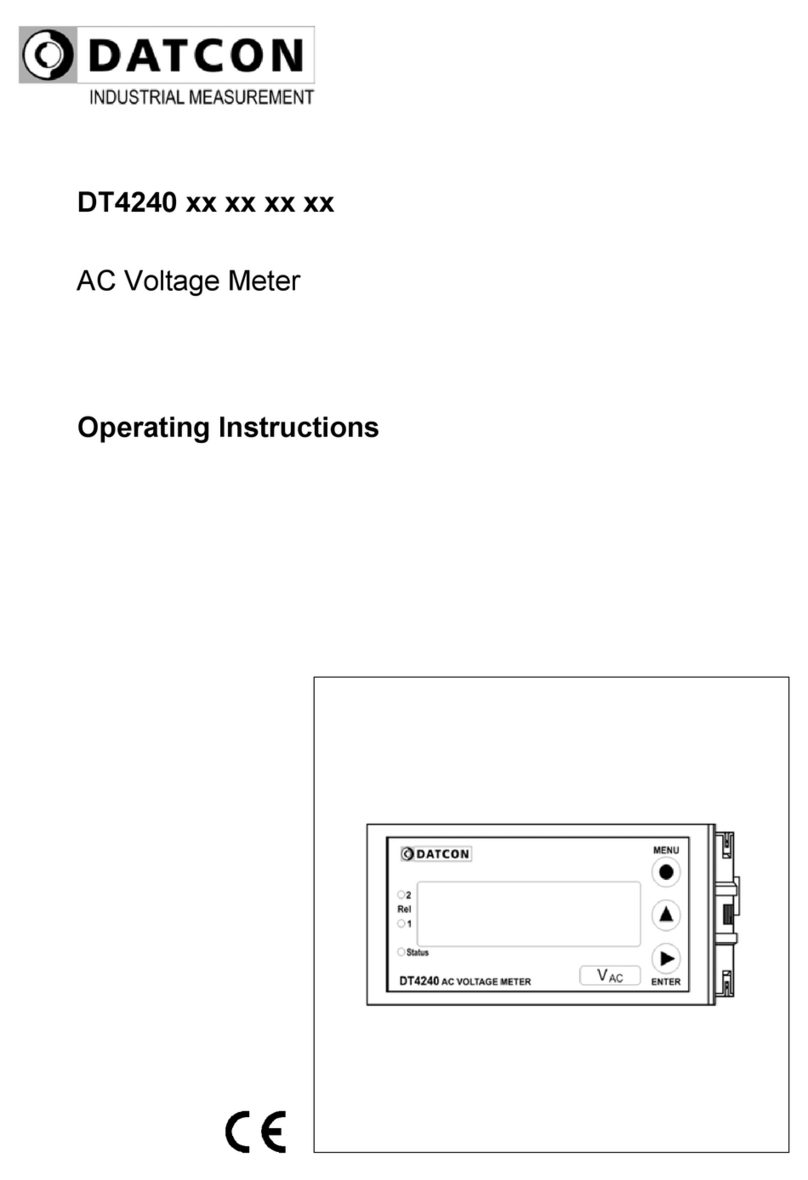
Datcon
Datcon DT4240 Series User manual
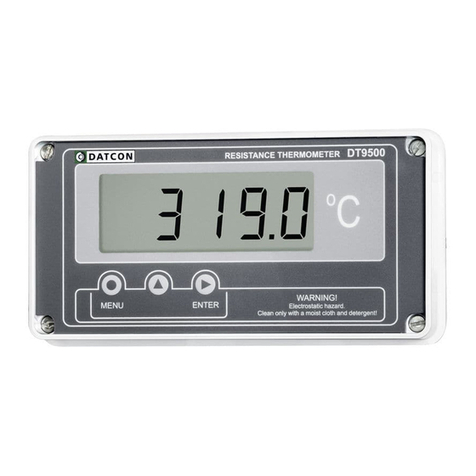
Datcon
Datcon DT9500 User manual

Datcon
Datcon PQRM5300 33 U I Series User manual
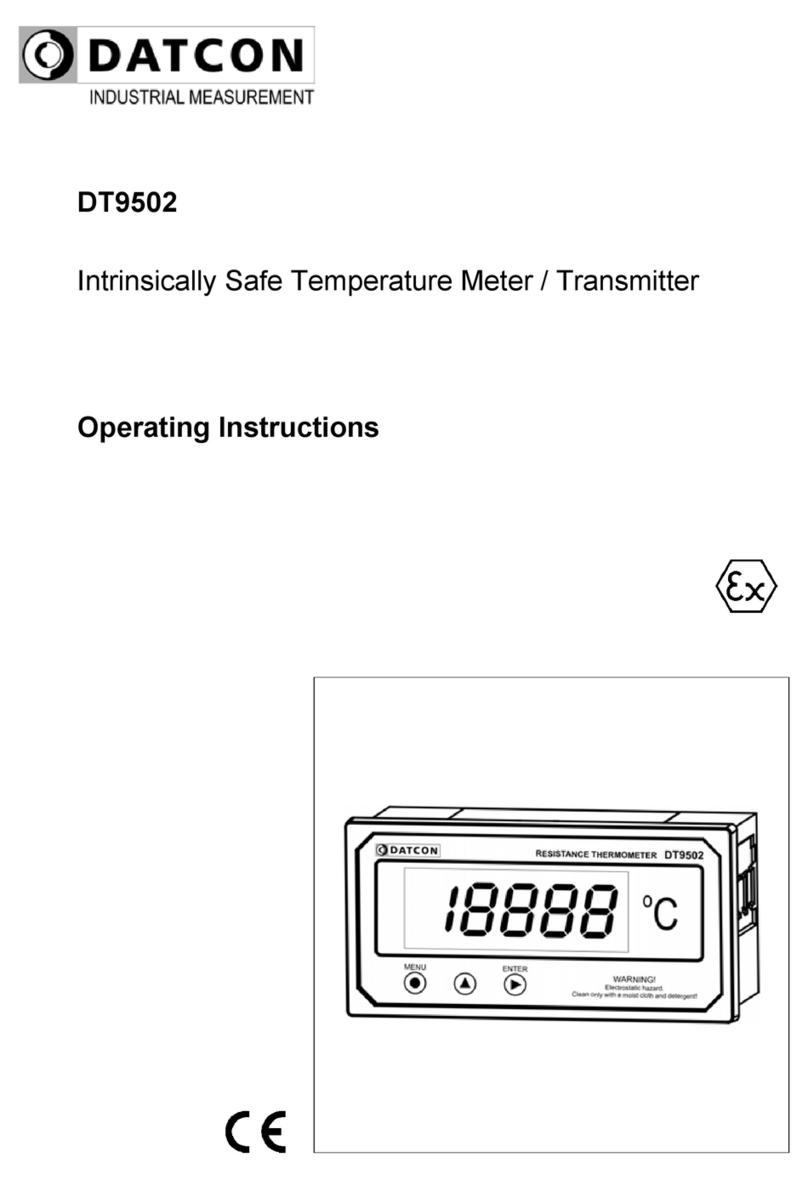
Datcon
Datcon DT9502 User manual
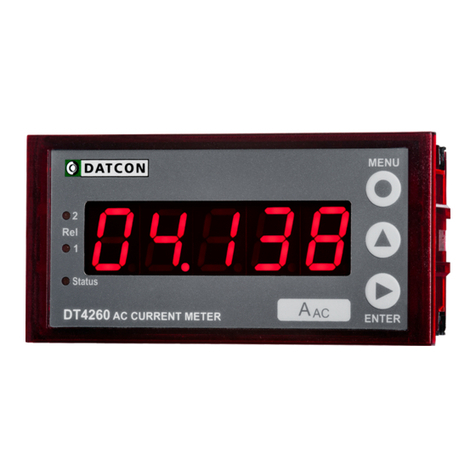
Datcon
Datcon DT4260 Series User manual
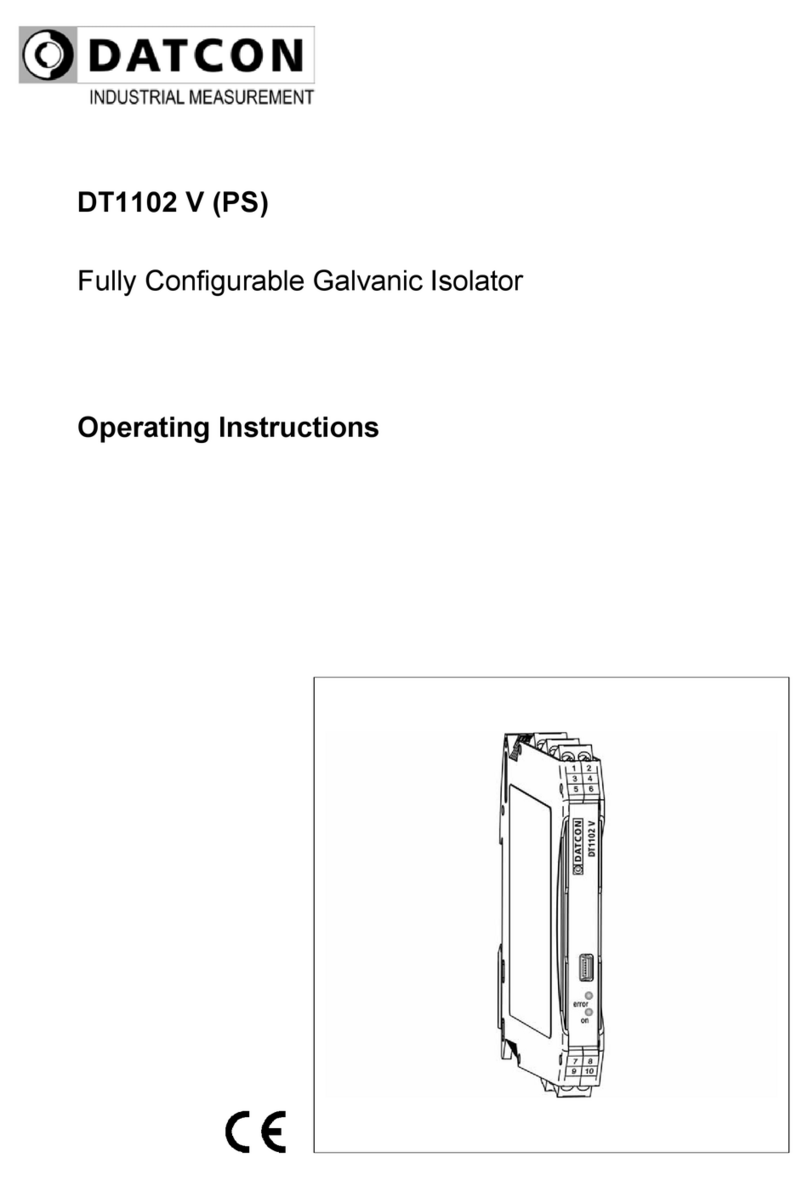
Datcon
Datcon DT1102 V User manual
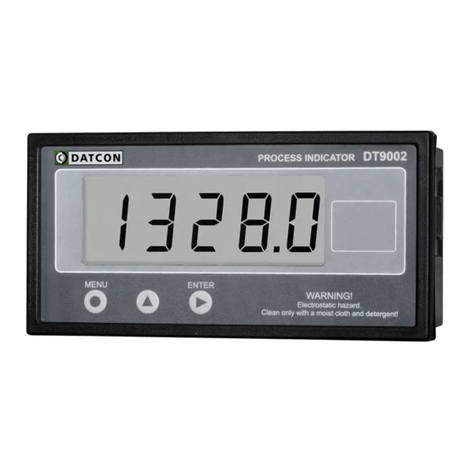
Datcon
Datcon DT9002 User manual
